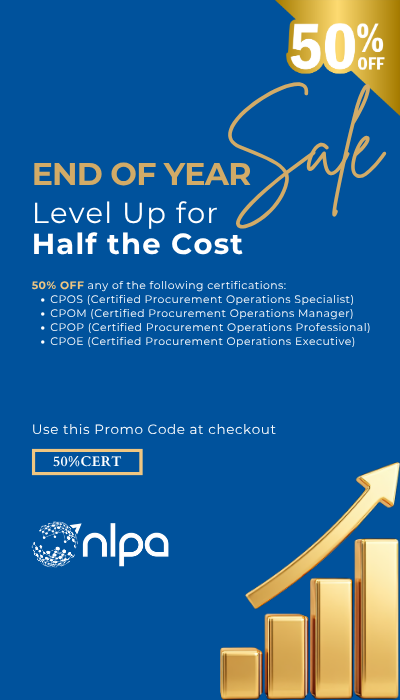The Procurement Function is a vital part of the Supply Chain Mechanism, which is responsible for the acquisition of mission-critical inputs for the realization of business objectives. Even though procurement plays a pivotal role in supporting critical operations, managing spends, and mitigating supply risks, it often receives less regard than due.
A close examination of Procurement Operations would reveal that the following:
- Fragmented Technologies
- Cumbersome, Strenuous, Labor Intensive, Error-Prone Work Flows
- Limited Collaboration
- Difficulty in regulating inventories at various points in Supply Chains
- Limited Transactional Visibility
- Primary focus on Price
The reasons why Procurement Automation is necessary for your organization:
- Fragmented Technologies: Managing fragmented technologies are time-consuming, stressful, siloed, and increases the Total Cost of Ownership. Procurement Professionals expend huge volumes of time and energy building bridges between different systems. Imagine all the spreadsheets and systems that exist in a typical supply chain, and reflect on the cost of managing these systems.
- Cumbersome, Strenuous, Labor Intensive, Error-Prone WorkFlows: Traditional procurement workflows are often error-prone (damaged cells in excel for example), manually driven, and more difficult than necessary. Simple errors in the work of procurement professionals can lead to huge cost impacts from inventory buildups, shortages, and order expeditions. All these outcomes are cost-prohibitive and increase the Total Cost of Ownership.
- Limited Collaboration: This often is a result of many systems not speaking to each other and sharing critical information on supply/demand dynamics. This leads to inventory build and Bull Whip Impacts. Lack of Collaboration also Increases the Total Cost of Ownership.
- Difficulty in regulating inventories at various points in Supply Chains and Limited Transactional Visibility: The two issues are interwoven and are possible primarily driven by lack of collaboration and transactional visibility. Huge sums of materials, cash, and other resources are consumed also resulting in a high Total Cost of Ownership.
- Primary focus on Price: Opportunities for Cost Reduction beyond price are vast, but the required analytics can be challenging for Procurement Professional as it adds complexity. This often results in the neglect of huge opportunities for Value Enhancement and Cost Reduction
Procurement Automation can improve on the drawbacks mentioned in this blog. The key is to quantify the cost of operating in the current state of your organization and compare it to the cost of automating your Procurement Function. Automation can free up the time of Procure Professionals to deal with more strategic matters, reduce error, time spent on tasks, and reduce your Total Cost of Ownership.
NLPA Learning: Looking for authoritative procurement templates, tools, webinars, and more? Stop trying to create resources from scratch and start taking advantage of having exactly what you need right at your fingertips in NLPA Learning.
Recommended Reading:
In the New Business World, What Procurement Leaders Must Impart to Suppliers
Donald Trump Wants You To Re-Source Your Spend in China. Are You Taking Action?
Weeding Out Non-Compliant Suppliers



